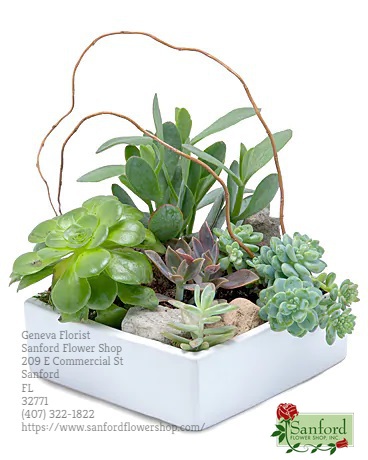

Red symbolizes love and passion. Yellow rouses happy and bubbly vibes. White and blue elicits feelings of calm and serenity. In almost all visual art forms, the proper use of colors is vital in creating pieces. Floral design is no different! Using color theory is the very first step in designing beautiful Floral arrangement. Before this, we discussed the origins and styles of different flower arrangements. Now, we'll tackle the basics of color and design in the art of floristry. We'll go deeper into easy concepts like ROYGBIV. From there, we'll deal with more complex principles of color combination. Here's the quick rundown of the color theory that every florist in the industry needs!
Depending on how you want to use them, colors can be soft and delicate, bright and lively, or quiet and serious. But no matter what combination you use, it's vital to refer to the color wheel! This will help your floral pieces look more pleasing and wonderful. There are three basic terms in color theory: primary, secondary, and tertiary. Primary colors are the three key parts of the color wheel - red, yellow, and blue. These are the only colors that aren't made from the mixture of other colors. Secondary colors are blends of any two primary colors. Orange is the mix of red and yellow. Green is the mix of yellow and blue. Purple is the mix of blue and red. Tertiary colors are blends of any primary color with any secondary color. Red orange, yellow orange, red violet, blue violet (indigo), and blue green (teal), are good examples of this.
It's essential to use the color wheel in appropriate and artistic ways. It can help speed up the process of selecting flowers, foliage and accessories. With this, you can create lovely, harmonious arrangements and decor with ease. There are a million and one ways to mix your colors and styles to match the theme and occasion! To kick off your fresh flow of ideas, you can follow these four basic color harmonies. (Tip: Keep that color wheel in sight for an easy focal point with these combinations.).
These are pairs of colors right across from each other on the color wheel. Examples include red and green, yellow and violet, and blue and orange. They create an exciting palette thanks to their stark contrast to each other. This is ideal for creating intense or bright floral arrangements!
These schemes consist of three colors beside each other on the wheel. It the two most popular divisions of colors: warm (red, orange, and yellow) and cool (blue, green, purple). Florists match these color harmonies to different themes! Whether for somber moods or appealing motifs, they blend well to produce a flowing look.
On a tight budget? These arrangements are easy on the pocket but pleasing to the eye! Simple yet refined, they suit any theme or celebration with ease. Known as "greenery", they add the charm of nature's touch to any arrangement.
This scheme uses three colors in equal distance from each other on the color wheel. In floral arrangements, this appears in bunches of the primaries and secondaries. Florist often choose subtler or lighter shades of the triad. They also go for a mix of deep and soft shades for a pleasing, balanced aesthetic. Want a more in-depth guide on making floral designs for specific containers or events? Check out our two-part series on how to make floral arrangements!